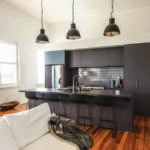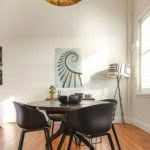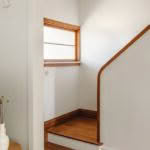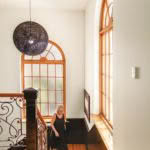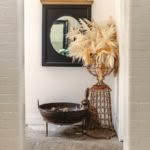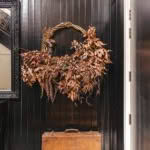The Whanganui couple gifting a historic fire station a new lease on life

A 1920s fire station has undergone a modern makeover in the hands of a Whanganui couple.
Words: Sarah Templeton Photos: Alanah Brown
There was a time when it seemed to Brian and Tracy Hawker that they would never own Whanganui’s iconic Central Fire Station. They’d had their sights set on its brick walls and Marseilles-tiled roof for years, with grand plans to tackle it as a long-term development project.
But with no concrete signs of a sale on the horizon, Brian resigned himself to it being out of reach. Still, he and Tracey couldn’t forget its high ceilings, solid frame and airy Italian Renaissance-style architecture. The building had character in spades — much more than the apartment buildings they’d previously owned. “While we love most heritage buildings, the grand structure of fire stations and banks of that era are just stunning,” says Brian.
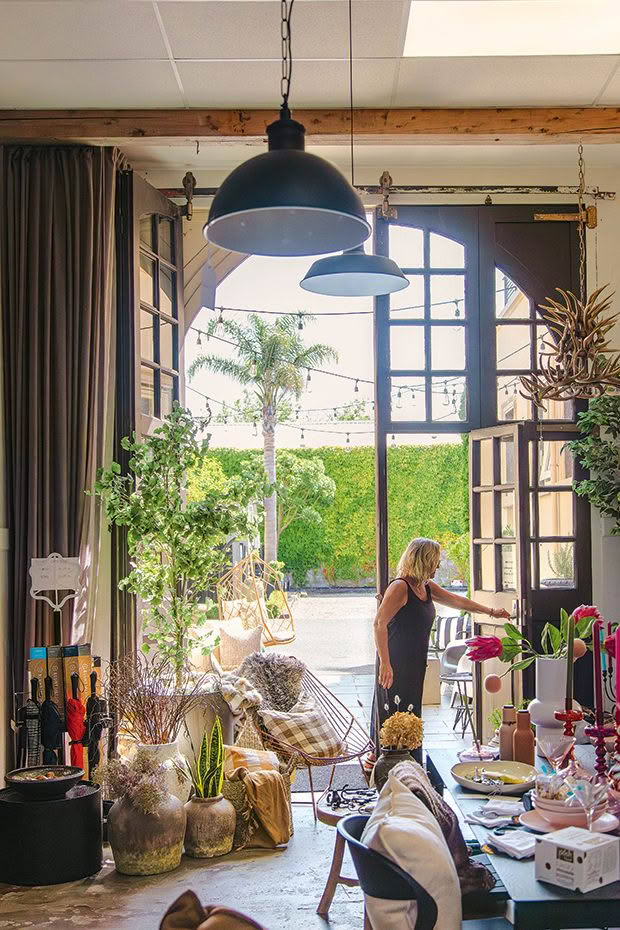
When renovating Whanganui’s Central Fire Station, owners Brian and Tracy Hawker kept in mind the building’s Renaissance-style architecture. These days, it is home to a décor store and boutique accommodation.
Perhaps the idea of living in a former fire station had gotten under their skin. When a recently renovated apartment in another historic building came up for sale, the pair travelled north to Auckland to view it. They were standing in the lounge of an apartment in what was once Mount Eden’s fire station when Brian’s mobile rang. The old station back in Whanganui was up for sale.
“I always thought that was quite ironic,” says Brian. “We knew the Whanganui station was what we wanted. It ticked all the boxes for us.”
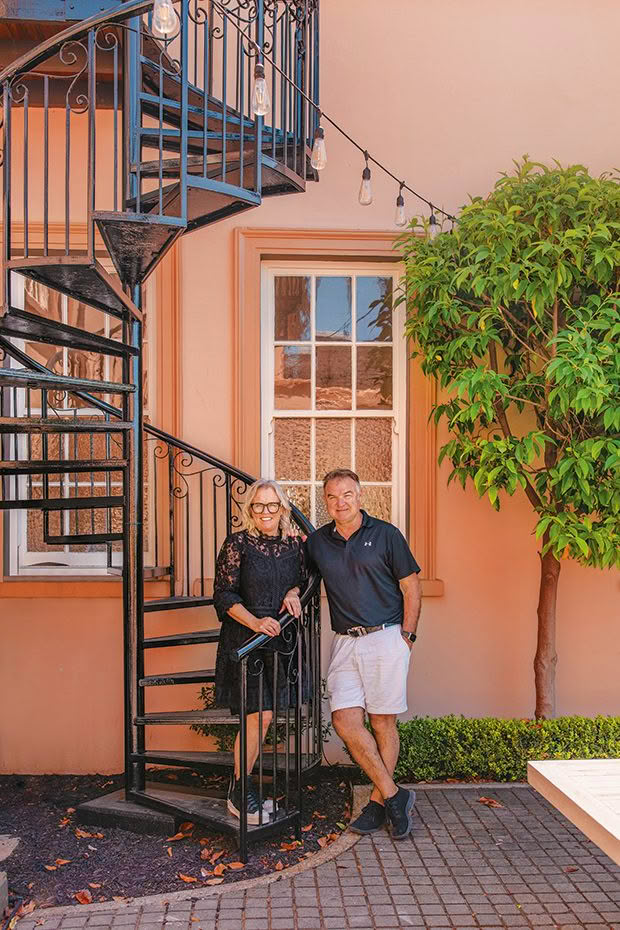
Tracy and Brian have lived in Whanganui for more than 23 years. The station’s external spiral staircase once led to the fire chief’s apartment.
An expanded retail space for their homewares and furniture business, accommodation potential and a place to call home? Tick, tick, tick.
Whanganui’s first firefighters were British soldiers stationed in the city in the mid-1800s. It wasn’t until a fiery furnace ripped through the local Foster’s Hotel in 1918 — with tongues of yellow flame billowing and dense drifting clouds of smoke, according to a report from the Whanganui Chronicle — that a permanent fire brigade was established and a central fire station built. A dainty high tea marked opening day. The building served the city’s fire brigade for the next 60 years.
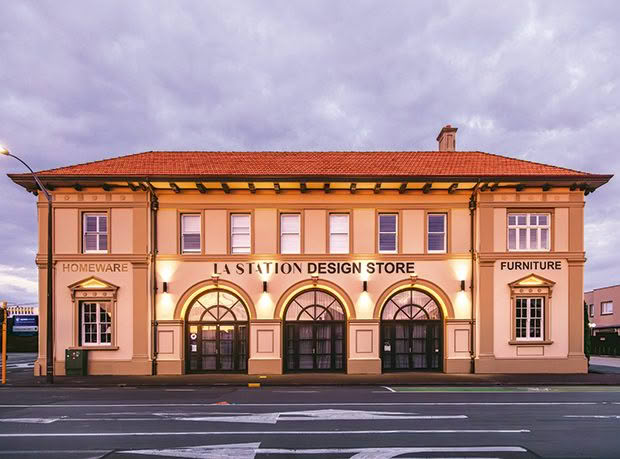
The building, built in the early 1920s, is known to locals as La Station Design Store. The name reflects both its historical roots as a former fire station and its distinctive European architectural charm.
Those early firefighters might be surprised at their old station’s current form if they popped their heads through its Wilson Street doors today.
Now, with a home décor and furniture store in what was once the single men’s quarters and three airy apartments upstairs, it is stuffed with handcrafted furniture, locally made candles, vases filled with dried hydrangeas and more.
It’s still busy, busy, busy under the ownership of this gumptious couple who’ve been the stewards of the historic build since that phone call in 2017.
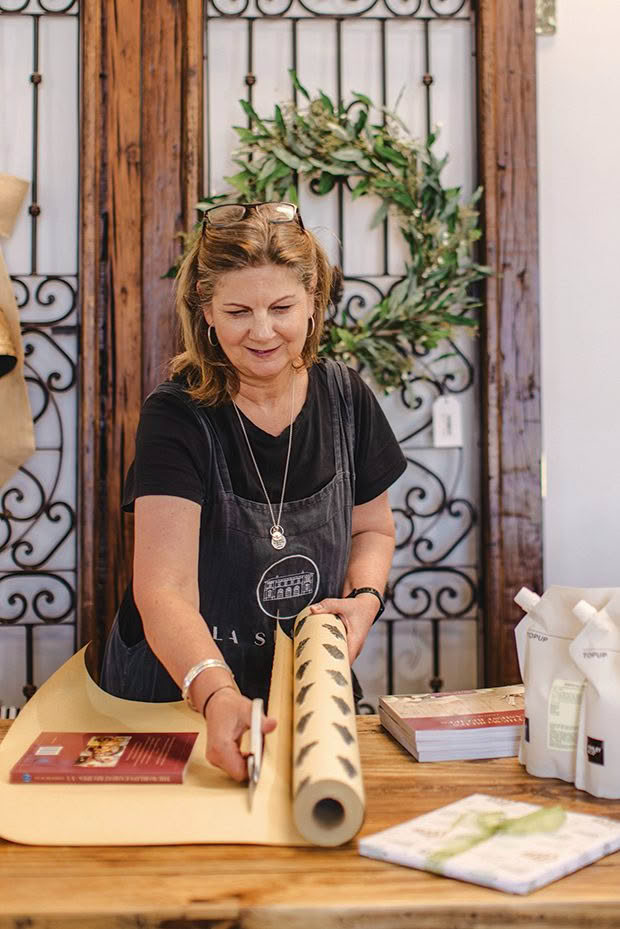
Carol, who works in the design store, is Tracy’s right-hand woman.
“Since we bought it, we’ve been nonstop: developing this area, earthquake strengthening, knocking the walls out, building our apartment and a new apartment upstairs,” says Brian. Even now, work is still ongoing.
“We still have painters next door in the foyer and painting the stairwell. When that’s done, I’m sure another project will come along.”

Dante the spaniel watches on.
Their sights have been continually set on the next venture since early married life some thousand kilometres south. Both were born and raised in Mosgiel, 15 minutes from Dunedin. They knew each other through high school, dating when Tracy was 19 and Brian 20. Marriage followed, then a career opportunity for Brian in Auckland as a training development manager with confectionery and food manufacturer Mars.
The couple moved north and had their son Taylor two years later. Stints in Indonesia and the Philippines came next. They eventually landed back in Auckland, but now Brian’s work involved an exhausting weekly commute south to Mars’ Whanganui factory, flying home to Tracy and Taylor on weekends.
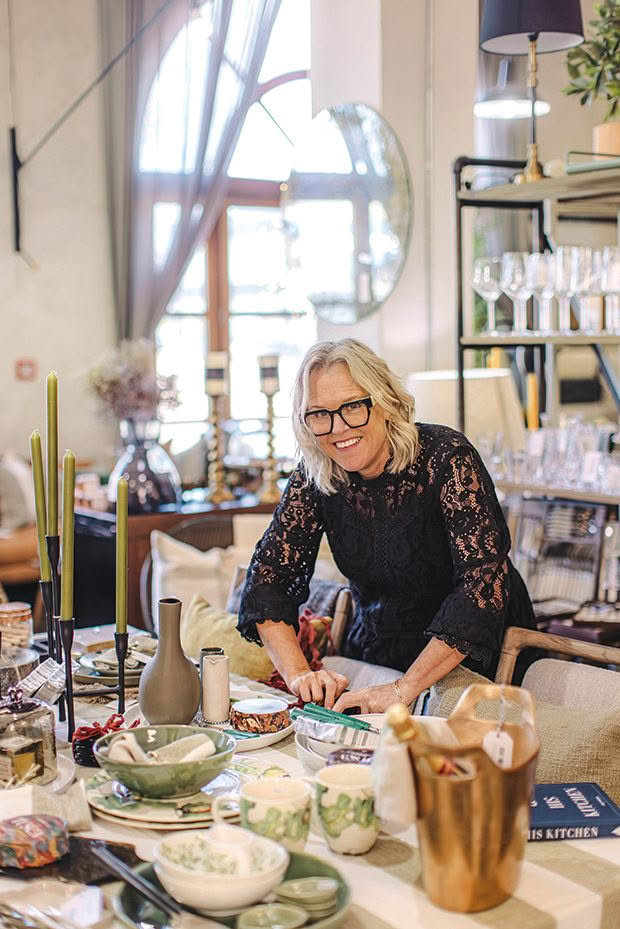
Tracy’s expertise in home styling is evident in the shop’s multitude of treasures. “I have great wholesalers who support me and vice versa. I find that when I’m buying, I’m always looking at how a piece is going to work in people’s homes.”
“The family visited during the school holidays and loved it. I had a team here in Whanganui and no staff in Auckland, and I eventually asked Tracy to move down,” says Brian. “We thought, ‘Let’s try it for a few years.’”
That was in 2000. For more than two decades now, the city has been home. It carries a comforting sense of place for two original small-towners. “Because we come from Mosgiel, a town with a population of 15,000, we’re used to a smaller-town feel. Even though Whanganui has more like 45,000 people, it feels like a bigger small town,” says Brian.
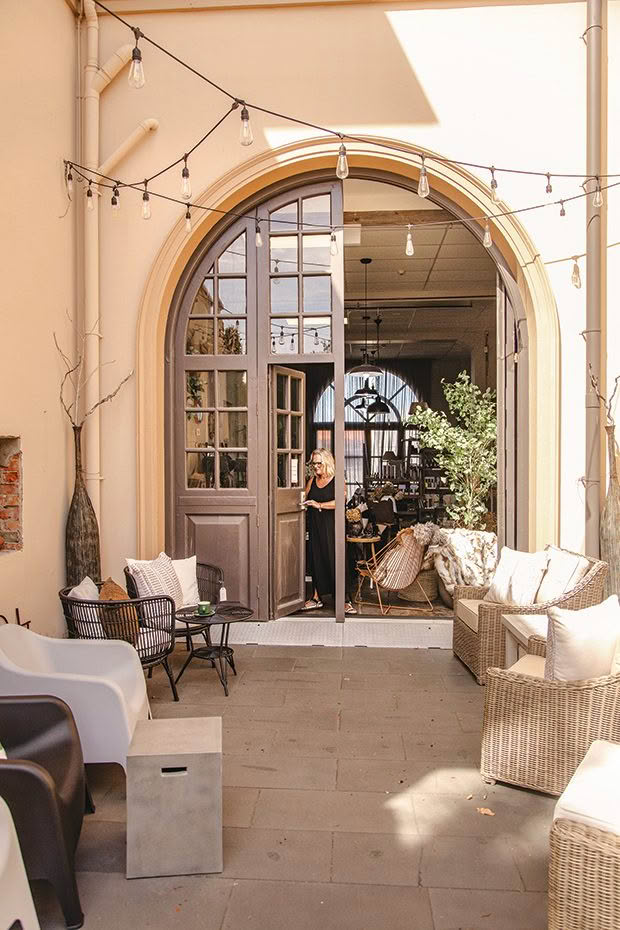
Tracy has turned a courtyard in front of the original fire station doors into a place to browse for outdoor furniture.
“When Taylor finished at Whanganui Collegiate, we were at a crossroads trying to work out: where to from here? But we decided there was no better place for us.”
As the city has grown, opportunities have come knocking. Tracy’s first post-childcare foray into the workforce was at the local Country Lane Originals homewares store. Her knack for interiors and sales shone.
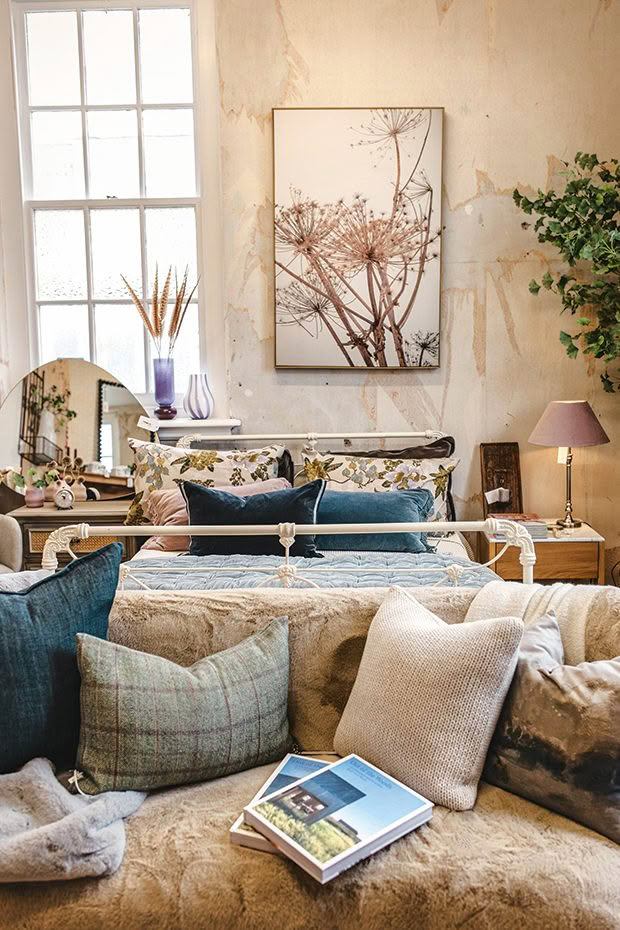
“The owner said to me one day, ‘You should buy this store — you’re more passionate about it than me,’” says Tracy. “Brian kept saying I could do it, but I didn’t know if I could.”
She put the idea out of her mind until, one day, Brian returned home with a gift. “I just want to tell you you’re the proud owner of Country Lane Originals,” he told her. Clarifies Brian: “Tracy had said she’d love to own it, so I knew I wasn’t going to get in too much trouble.”
The financial risk paid off. Five years later, the shop next door was purchased for a fashion store. Then came the next project — to find a larger site to sell furniture that wouldn’t fit through the door at the Country Lane premises. Perhaps one with accommodation above? “The fire station is the building we always wanted: we walked in, and it felt like home,” says Tracy. “We’ve had apartments before, but this didn’t feel like an apartment building. We loved the high ceilings, the concrete walls, the original flooring.”
- Modern renovation efforts are complemented by the station’s original flooring and high-stud finishes.
Renovations were a top-to-toe process. Brian and Tracy moved into a small one-bedroom unit upstairs while they gutted the building’s main apartment and rebuilt it from scratch. The upper floors had to be replumbed. The ceilings were removed and reinstalled after the plumbing was completed. Plans for the retail space were put on hold until the main apartment could be finished. Renovations had to be worked around tenants, including a ballet school and hair salon, which each rented space in the building.
Taylor, at university in the United States, offered his two cents over daily FaceTime calls. “It was full-on there for a while now that we stop and think about it. We knew it ticked all the boxes from a practical perspective, but once we put some blood, sweat and tears into it, it really does get under your skin.”
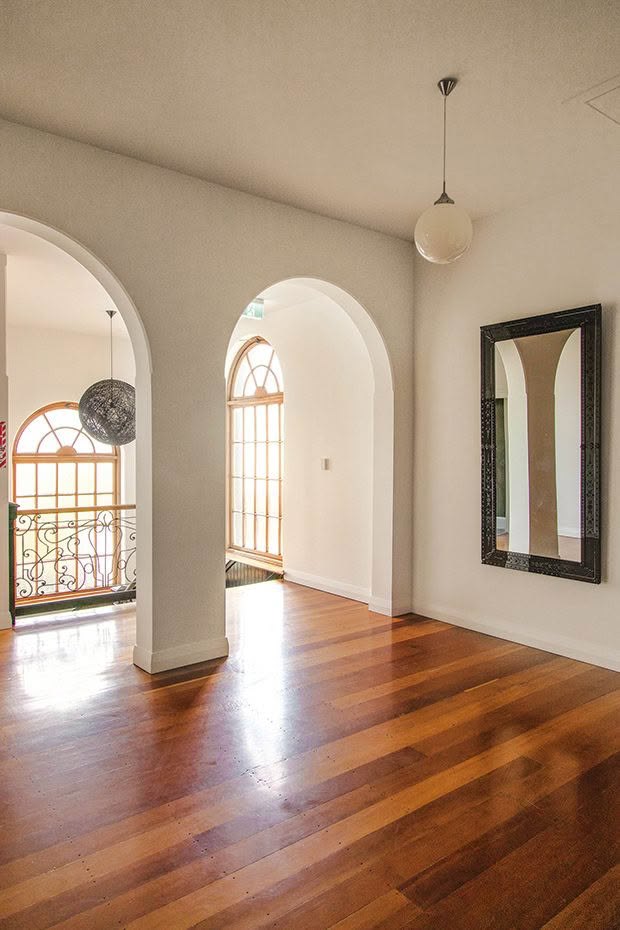
A large foyer at the top of the stairs leads to accommodation, including the Hawkers’ own home; a penthouse apartment has transformed the former “ballroom”, once used as the dining hall for the resident fireman during the week and as a dance venue for them and their partners on Saturday nights.
Renovating a heritage building was never going to be straightforward. Consultations with the local council have marked each step — from the colour scheme to accommodation additions. Brian and Tracy had to ensure their plans stayed in keeping with the station’s original Italian Renaissance-inspired design, which was lauded for its “quiet and dignified appearance” (Whanganui Chronicle, September 1921).
“When we painted the building, for instance, we had to run the colour scheme past the council to make sure it was in keeping with heritage requirements … they wouldn’t have wanted us to come up with some sort of Kermit-green look.”
As expected, it wasn’t always completely smooth sailing. “At times, it was frustrating. We were trying to get building consent to build an apartment when we already had two. A lot of time was spent when they were trying to come up with any excuse to stop us from progressing.
“But I’d never want to put anyone off doing it. It’s so worthwhile. This building has stood here for more than 100 years. We’ve had a lot of earthquakes, and it’s still as sound as it was when it was built. They just don’t make them like this anymore.”
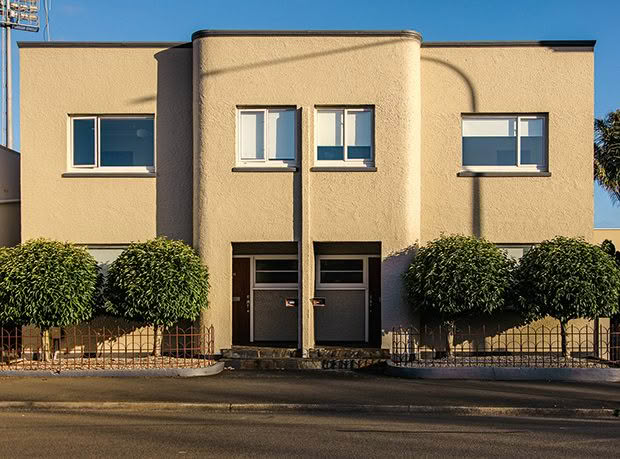
An adjacent building that was once fire-crew quarters has been turned into long-term boutique accommodation. Children of former firefighters who grew up here often pop in to visit.
Visitors to the station these days are mainly customers browsing the furniture store, La Station Design Store or guests staying in one of the three upstairs Airbnb apartments.
Tracy’s style can be found in the range of retro sideboards to drinking glasses. “I always think of how things are going to be used. I’m very conscious of the practicality. It might be in fashion, but is it any good?”
Their next plan simply may be enjoying the fruits of six years of labour. “We are getting to the stage now where we’re starting to think about slowing down a bit.
“Now we want to make the most of it — have a big party in the courtyard and enjoy it all.”
GRAND DESIGNS
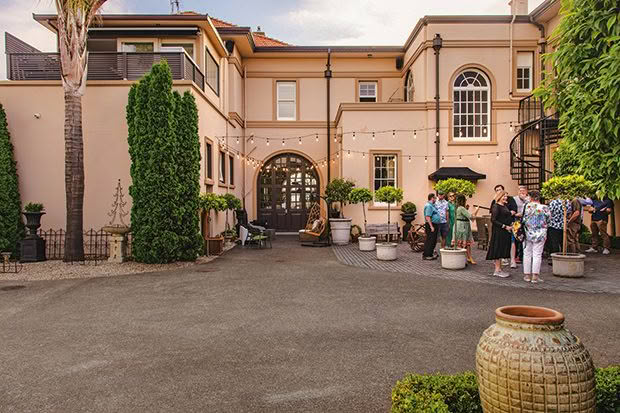
Business Whanganui hosts “Business After 5” drinks for members in the station courtyard when the sun goes down.
The pair’s advice for those planning a heritage renovation:
Do your homework. “That’s key — you must plan before deciding. Get an idea of all the parts involved and all the costs. Then you can minimise any surprises.”
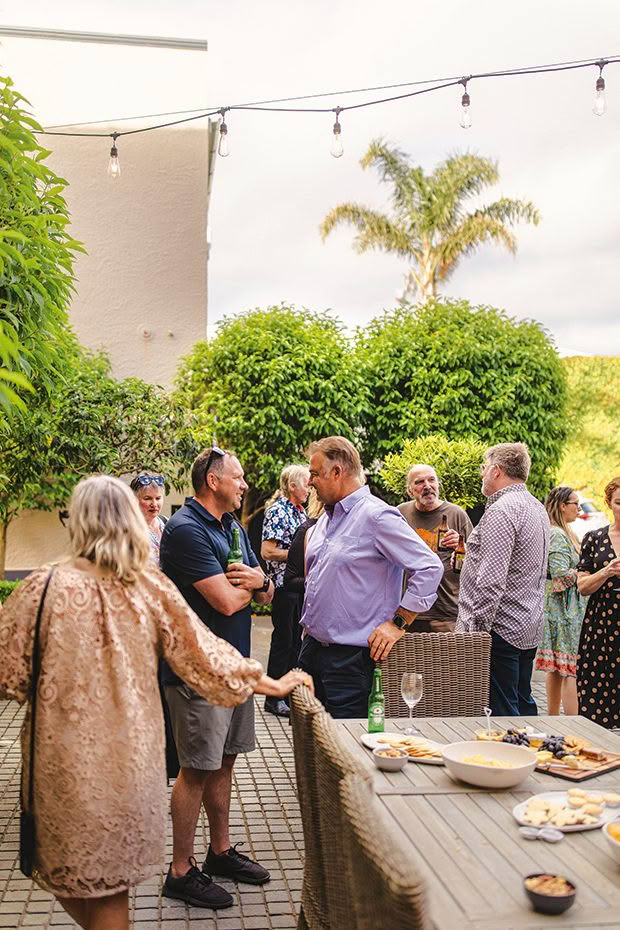
Get it on paper. “Spreadsheets — everyone had spreadsheets. Brian project-managed everything, so everyone had timings — painters, plumbers, builders … everybody. Make sure everyone knows where they must be on the day.”
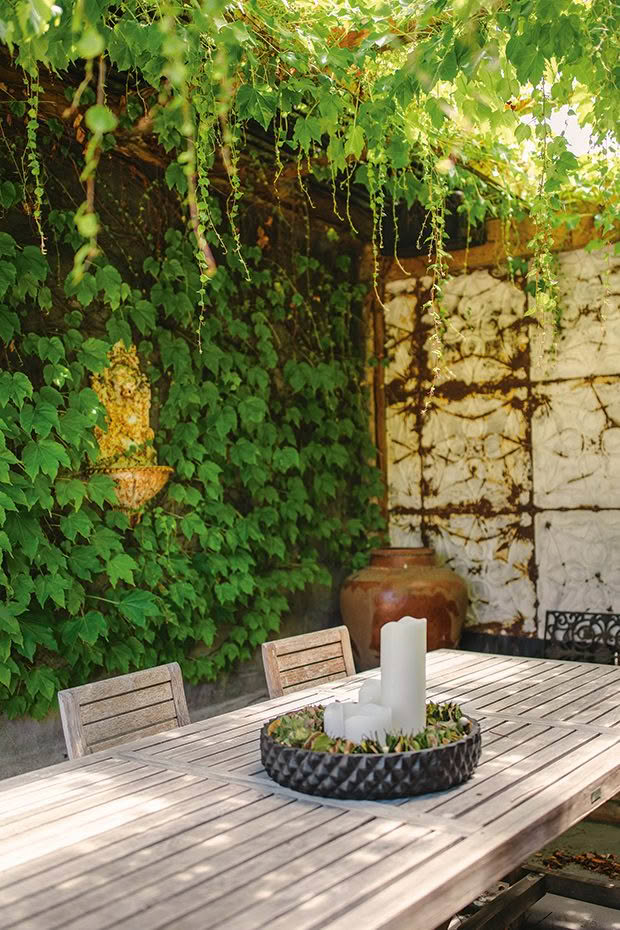
The one guarantee: “One thing you can count on is that you’ll pull back a wall you hoped would be perfect underneath, and you’ll find a nasty surprise. There will be multiple surprises to the negative — and not as many positive ones.”
stationhouse.co.nz/lastation.co.nz
Love this story? Subscribe now!
 This article first appeared in NZ Life & Leisure Magazine.
This article first appeared in NZ Life & Leisure Magazine.
